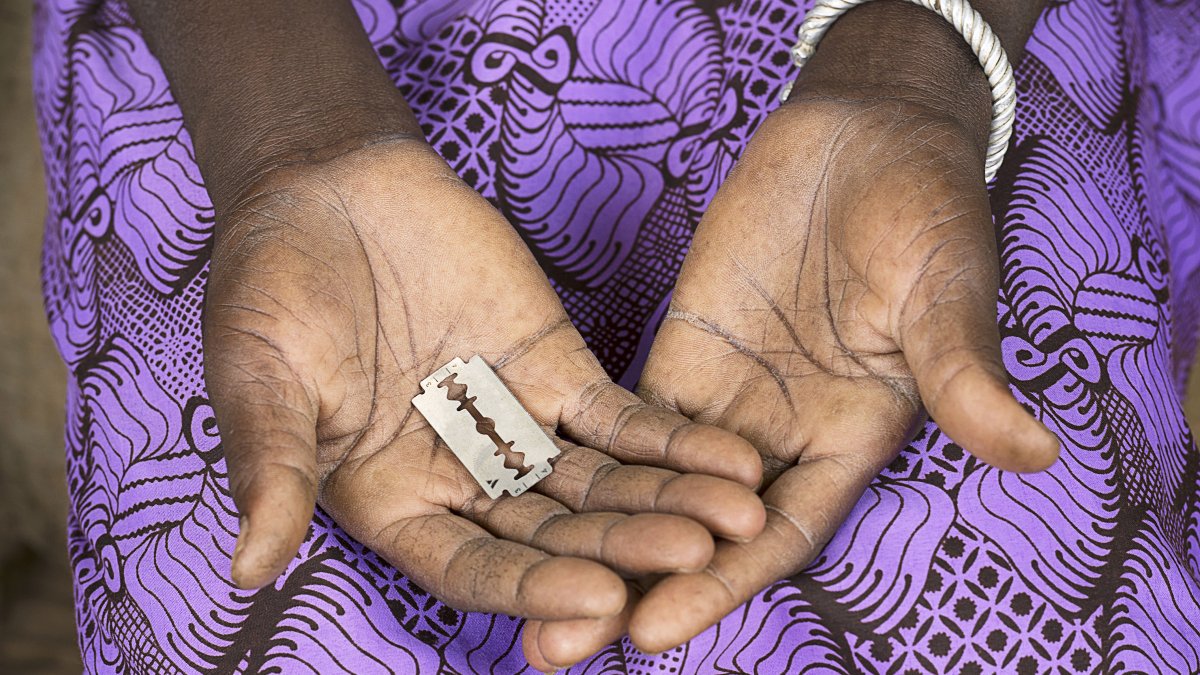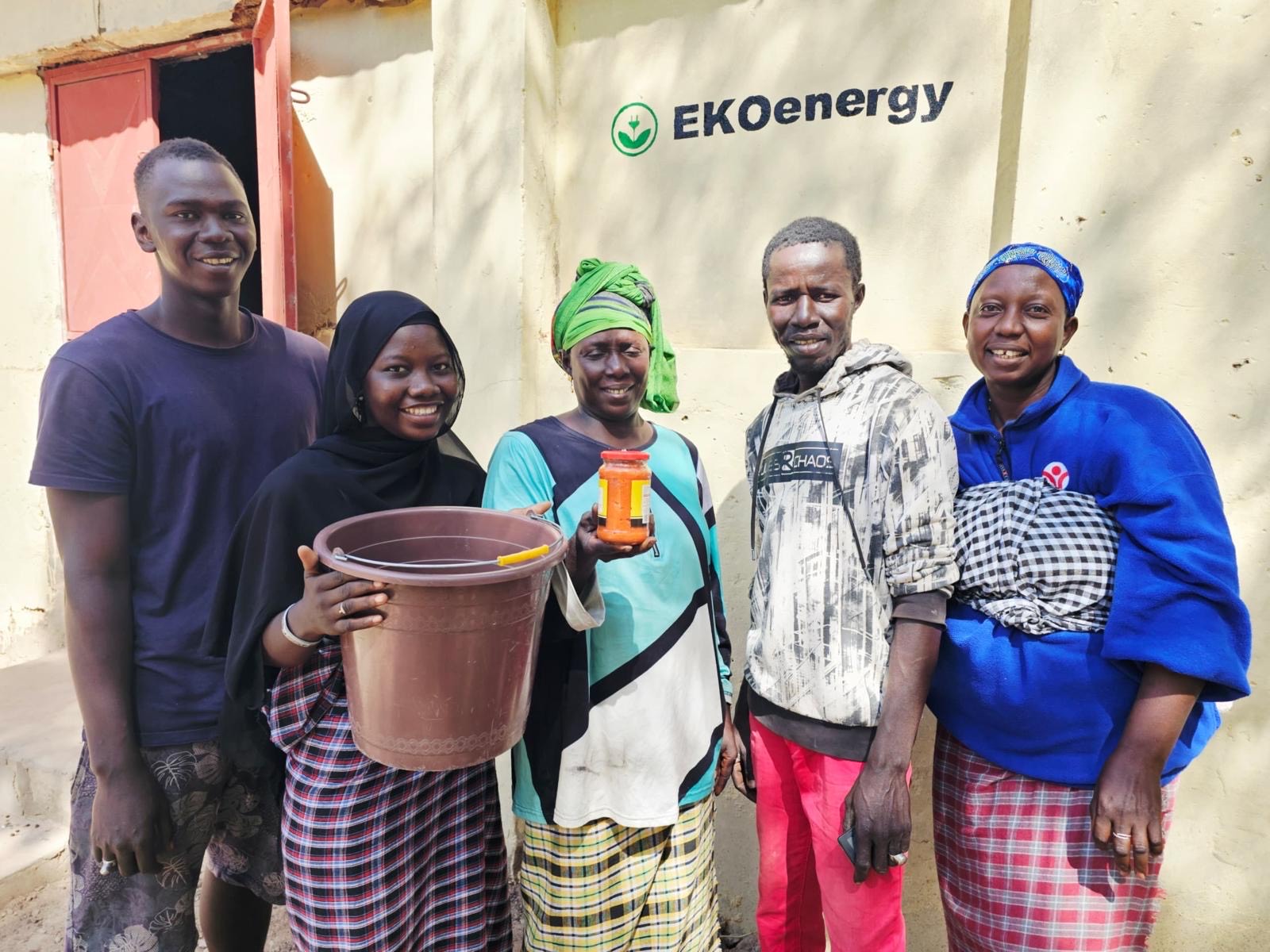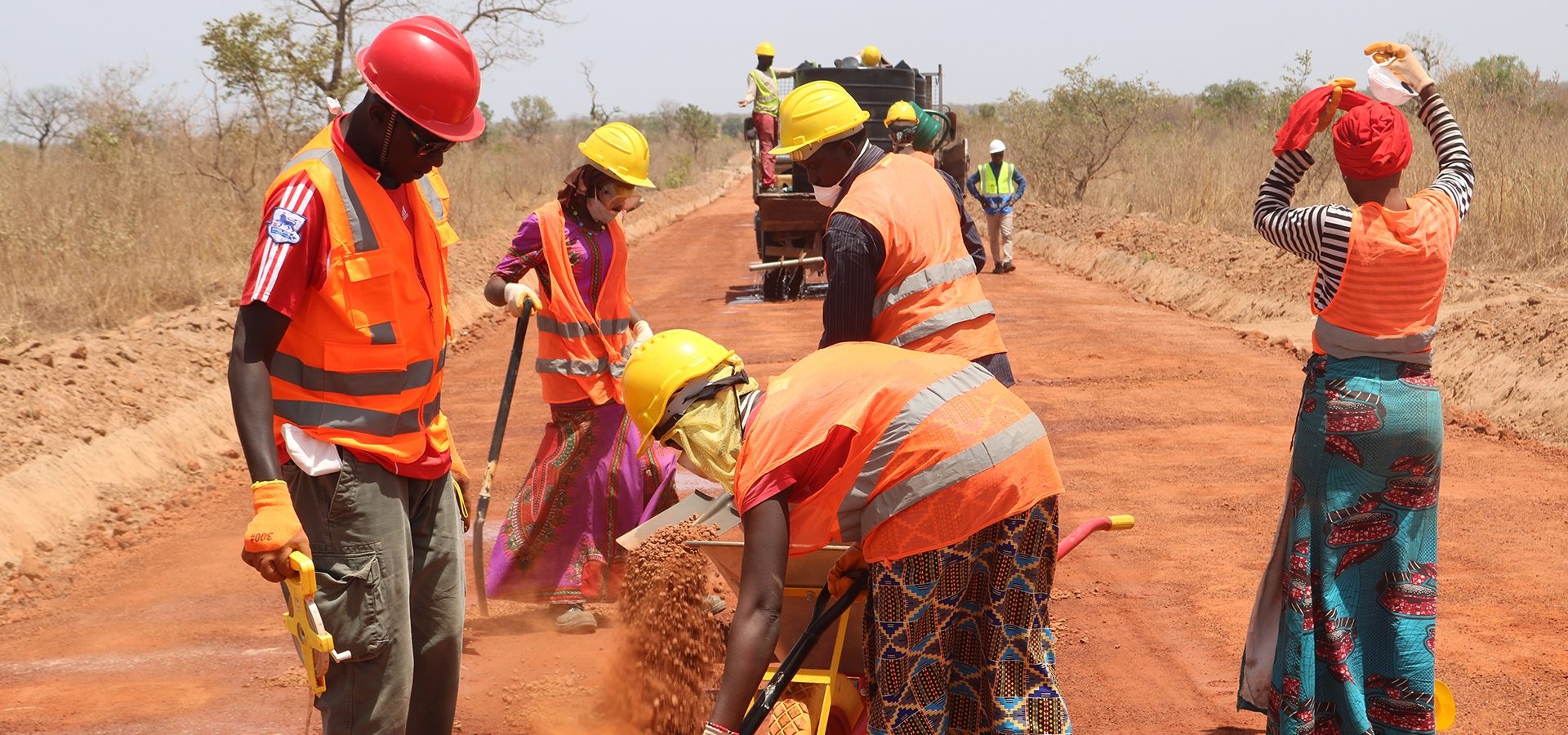Gambiaj.com – (BANJUL, The Gambia) – The Gambia’s 2025 Labour Force Survey paints a stark picture of a labour market marked by low pay, informal work, and entrenched inequalities across gender, geography, and disability status. While more Gambians are entering the workforce, the findings reveal that for many, work remains undignified, poorly remunerated, and insecure.
According to the Gambia Bureau of Statistics, informal employment remains the dominant reality, covering 81 percent of all jobs.
Women and rural residents are the most affected, with 86.3 percent of employed women and 86.7 percent of rural workers engaged in informal jobs.
Agriculture, where informality is nearly universal at 96.9 percent, continues to offer low-income, subsistence-based work rather than pathways to stable livelihoods.
The report also highlights glaring gender disparities. Female labour force participation stands at just 40.9 percent compared to 53.8 percent for men, dropping even further for young women to 35.1 percent.
Women are concentrated in agriculture and low-wage service roles, with only 13.7 percent holding formal jobs compared to 23.3 percent of men. Representation in leadership has also fallen sharply: women hold just 28.1 percent of managerial positions, down from 36.1 percent in 2022-23.
For many Gambians, work is both physically demanding and poorly paid. Average usual working hours have climbed to 46.7 per week, but actual hours worked are lower at 39, reflecting underemployment and unstable work arrangements.
Self-employment dominates, particularly among women, with 86 percent either running micro-enterprises or working as contributing family workers.
Regional inequalities are equally stark. Labour underutilization — which captures unemployment, underemployment, and discouraged workers — is highest in Kuntaur (61 percent), Basse (51 percent), and Janjanbureh (46.3 percent), far above the national average of 34 percent.
Kuntaur’s unemployment rate of 19.6 percent is more than double the national rate of 8.3 percent, underscoring acute job scarcity in rural areas. In contrast, urban LGAs such as Kanifing and Brikama show lower underutilization but still struggle with job quality and access.
Youth, who represent the backbone of The Gambia’s future workforce, continue to face steep barriers. Informality among young workers is entrenched at 84.5 percent, and female youth have far higher rates of labour underutilization than their male peers (41.4 percent versus 24.4 percent).
These figures reflect the difficulty of moving from education to decent work, especially for rural young women.
The survey underscores that work in The Gambia is not only precarious but also exclusionary. Persons with disabilities have seen their participation in the labour market drop from 32.8 percent to 20.1 percent, with high informality and NEET (Not in Education, Employment, or Training) rates reaching 61.6 percent among disabled youth.
Analysts say these findings point to the urgent need for comprehensive reforms. “The data show that the Gambian labour market is deeply segmented and continues to leave large groups behind,” the report notes.
It calls for targeted investments in skills development, rural job creation, social protection, and measures to encourage the transition from informal to formal employment — especially for women, youth, and persons with disabilities.
The findings present a sobering challenge to the government’s goal of achieving inclusive economic growth under the Recovery-Focused National Development Plan.
Without bold reforms to address low wages, poor working conditions, and entrenched disparities, the promise of dignified and productive employment for all Gambians will remain elusive.










